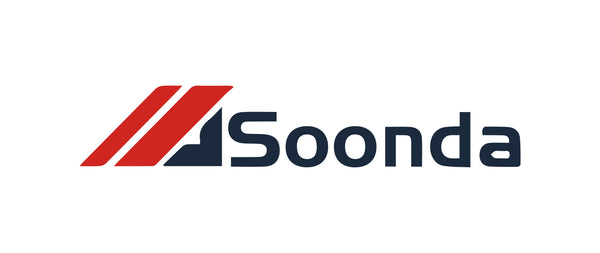Troubleshooting Common Issues with Laser Engraving Machines
Share
Introduction
Laser engraving machines are a popular tool for creating precise and intricate designs on a variety of materials. They are commonly used in the manufacturing, crafting, and personalization industries. While these machines offer many benefits, they can also encounter common issues that can affect their performance and productivity. In this article, we will discuss some of the most common issues with laser engraving machines and how to troubleshoot them to ensure optimal results.
Common Issues with Laser Engraving Machines
1. Poor Engraving Quality
One of the most common issues with laser engraving machines is poor engraving quality. This can include uneven lines, blurry images, or incomplete designs. This issue can be caused by various factors, including the condition of the machine, the settings used, and the material being engraved.
2. Material Burning or Melting
Another common issue is when the material being engraved starts to burn or melt. This can result in a distorted design and damage to the machine's components. Material burning or melting can occur due to excessive heat or incorrect laser settings.
3. Alignment Problems
Alignment problems occur when the laser is not correctly aligned with the design, resulting in a distorted or misaligned engraving. This issue can be caused by a misaligned laser head, incorrect settings, or a faulty machine.
4. Machine Jamming or Stalling
Laser engraving machines can also encounter issues with jamming or stalling, which can significantly affect productivity. This problem can occur due to debris buildup, worn out machine parts, or incorrect settings.
Troubleshooting Common Issues
1. Clean and Maintain the Machine Regularly
To prevent common issues with laser engraving machines, it is essential to clean and maintain the machine regularly. This includes removing any debris or dust buildup, lubricating machine parts, and checking for any signs of wear and tear. Regular maintenance can help prevent alignment problems, jamming, and poor engraving quality.
2. Check and Adjust Laser Settings
Laser settings play a crucial role in the quality of the engraving. If the settings are incorrect, it can result in burning or melting of the material, poor engraving quality, or alignment problems. It is essential to refer to the machine's manual and adjust the settings according to the material being engraved.
3. Use High-Quality Materials
The quality of the material being engraved can also affect the engraving results. Low-quality materials can result in uneven lines, burning, and stalling of the machine. It is recommended to use high-quality materials that are specifically designed for laser engraving to achieve the best results.
4. Check for Machine Parts Wear and Tear
Machine parts such as belts, bearings, and lenses can wear out over time, resulting in poor engraving quality and alignment issues. It is essential to regularly check and replace worn-out parts to ensure the machine's optimal performance.
5. Contact the Manufacturer for Assistance
If the troubleshooting steps mentioned above do not resolve the issue, it is best to contact the manufacturer for assistance. They can provide further guidance and support in resolving the problem and may offer repair or replacement options if needed.
Conclusion
Laser engraving machines are powerful tools that offer precision and versatility in creating designs on various materials. However, they can encounter common issues that can affect their performance and productivity. By following the troubleshooting steps mentioned in this article, you can resolve these issues and ensure optimal results from your laser engraving machine. Regular maintenance and proper usage can help prevent these problems and prolong the machine's lifespan. Remember to always refer to the machine's manual and seek professional help when needed.
